On the remote mountaintops of Qianjiazhai in the Mt. Ailao National Forest Preserve, there are are tea trees older than any person on earth. There are tea trees alive today that took root before Julius Caesar walked Rome. A small handful were seedlings when Yunnan was the independent kingdom of Dian. Their history for the people of Qianjiazhai is older than China itself.

Tasting tea from an old tree is a visceral connection to history that we can make, a celebration of the persistence of nature and the determined spirit of the camellia species. Their roots tap deep into the soil, their biology has the history of thousands of challenges to the tree, years of biodiversity, competition and struggle to get to today.
Despite the incredible existence of these old tea trees, only a shamefully small handful have been officially measured and documented by botanists, or put under the protection of the national government. The oldest trees that happen to be closest to human settlements have been the first to receive the respect and status that they deserve, but the remote trees growing far from main roads are known only to the people who have been living in the mountains for as many generations as their families have recorded.


The far flung, high mountain regions of Qianjiazhai are too remote for the government to truly look after. Almost every road was built by the people who live there. Even elementary schools are privately built by those who have found success in business to give back to their neighbours and children. The future of many of the oldest tea trees in the world depends, not on some foreign scientists’ proclamations or documentation like the several trees who have had the privilege to be recognized, but solely and completely on the work of each generation who shares their land with these ancient trees.
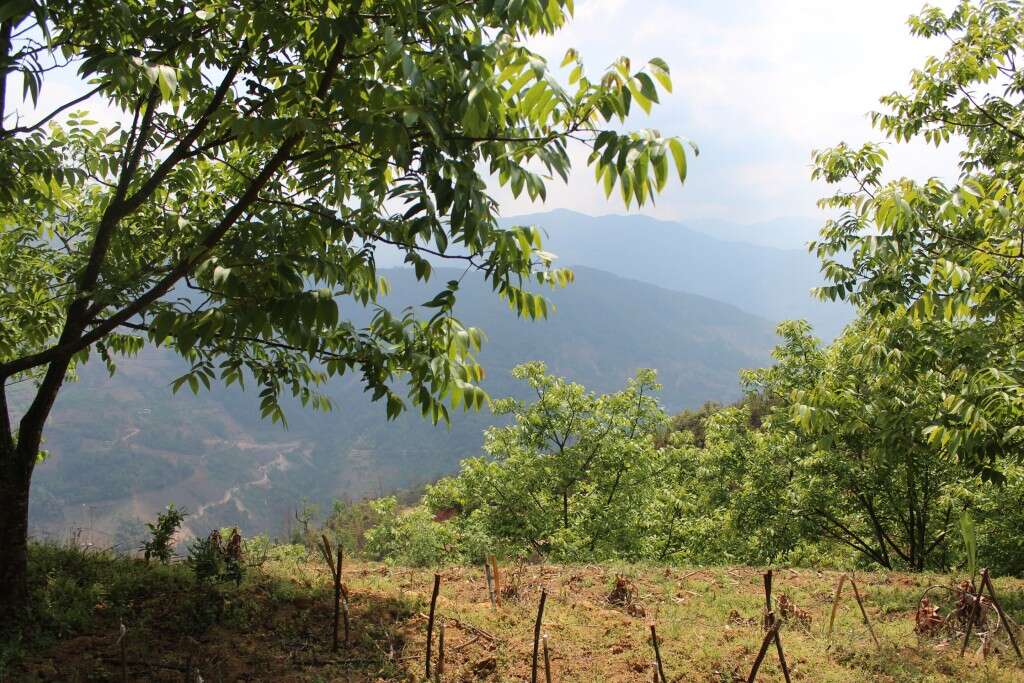
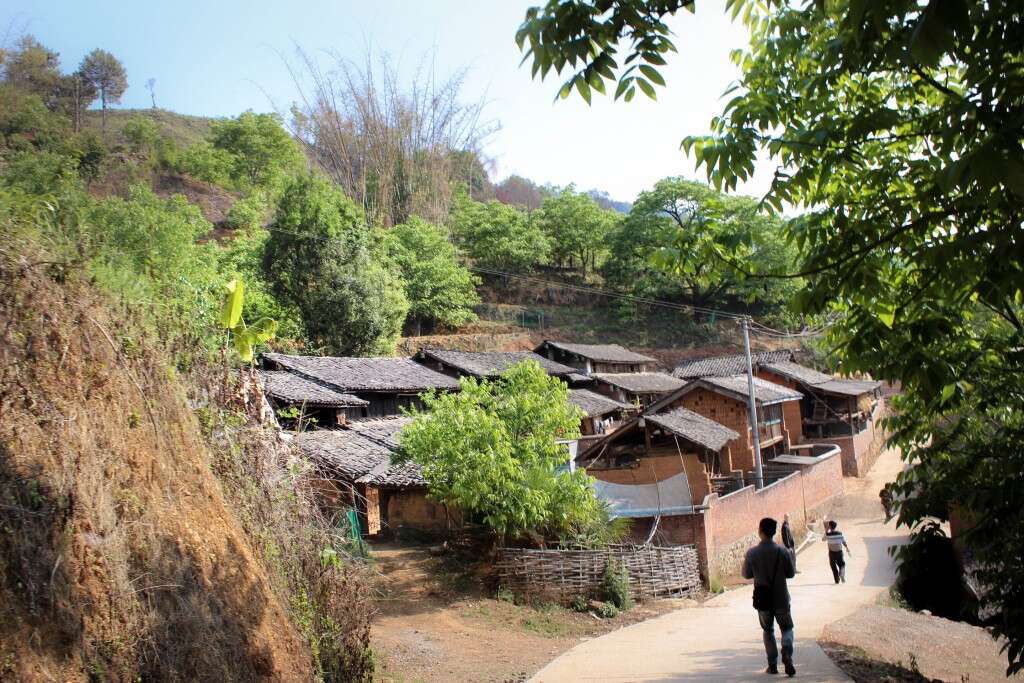
The movement towards recognizing tree age and separating out tea from individual trees or groves is about protecting the heritage of those trees. Poaching and deforestation are a constant threat for tea farmers in wild regions. Celebrating and recognizing old trees is not only an privilege for individuals lucky enough to taste the tea, but more importantly, it creates a market that incentivizes farmers to protect their trees, even on private land, not trim them back or cut them down to make room for other crops or buildings, and instead invest in their long term health instead of short term yield.
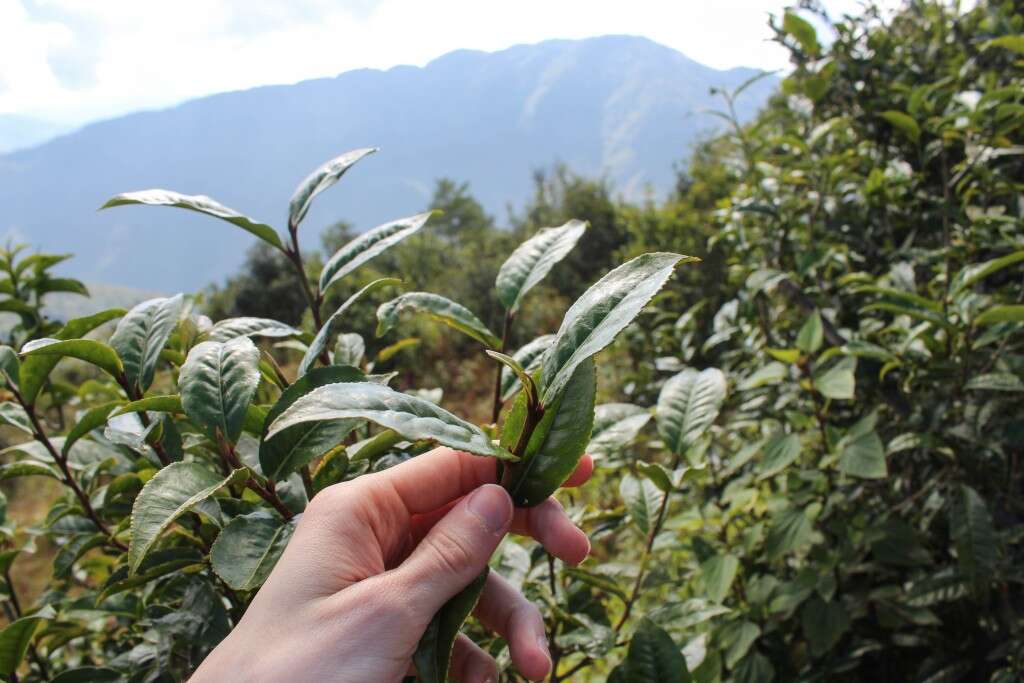


Our partner and mentor in the Zhenyuan Dongsa Farmers’ Cooperative, Master Zhou, remembers with great sadness a period of desperation in Qianjiazhai during the Cultural Revolution and Great Leap Forward when starvation and poverty combined with bungled government policy saw countless ancient trees, some over one thousand years, cut down to grow tobacco or to make rom for basic staple food crops and buildings. For him, sharing tea from single ancient trees is about raising awareness to make sure that the land is respected in perpetuity from today onwards; it is about making sure that the next generation of thousand year trees is flourishing for our descendants.
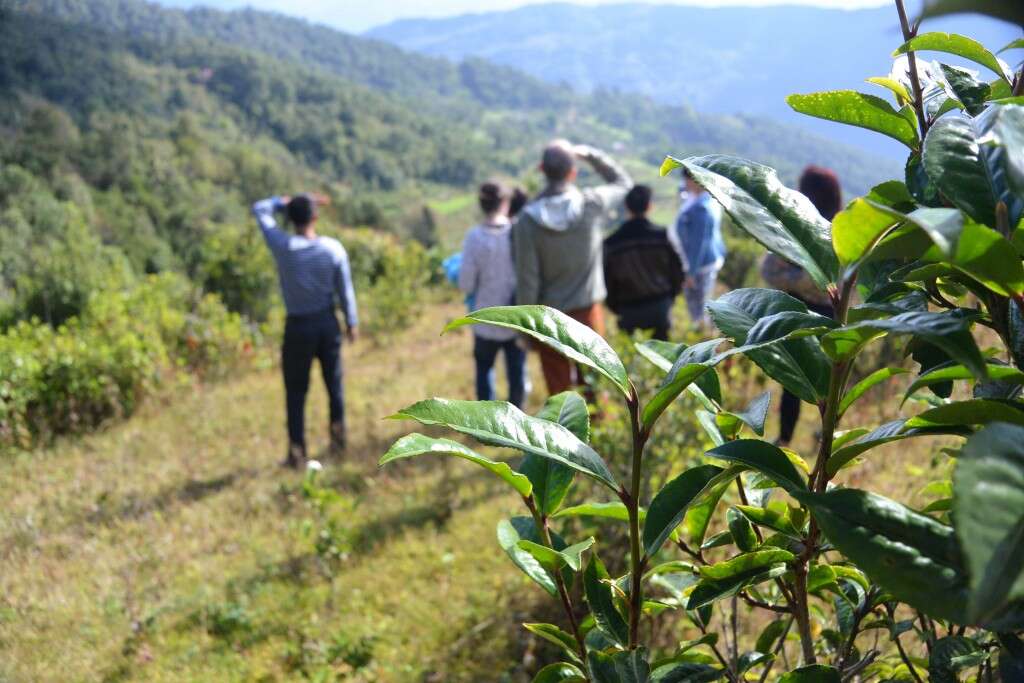
Nowhere is this more pressing than the Ailao National Forest Preserve in Yunnan, which is home to some of the oldest trees in the world. It is so remote that the only way to protect these trees is to work with the farmers and foragers directly.
Ironically, younger trees in Wuyi and Fenghuang receive much more documentation, publicity and recognition because they are so easy and convenient to get to. Qianjiazhai is a challenging and distant terrain. We have been lucky enough to meet friends in Qianjiazhai to bring us out to the forests, teach us, share tea with us, pick tea with us, and even allow us to share pressings from some of their oldest trees with a wider audience in the hopes that we can help them gain more recognition for the forests they protect.


Two trees in particular have received the bulk of the international attention, a 2500 year specimen and a 2700 year specimen. These trees benefit from being easier to get to, not far off the eco-tourism circuit, making them perfect candidates for scientists to study in depth. These two trees are protected by the government on park land. They are picked very, very, very rarely (and only under intense supervision) and the leaves would be worth thousands of dollars just for several grams. This value comes from the pedigree of being ‘verified’ by scientists not just in China but from the West as well. If these two trees were not carefully protected, their great fame would put them at risk of being stripped bare by “leaf poachers” – just as Crassicolumna trees were recently threatened.

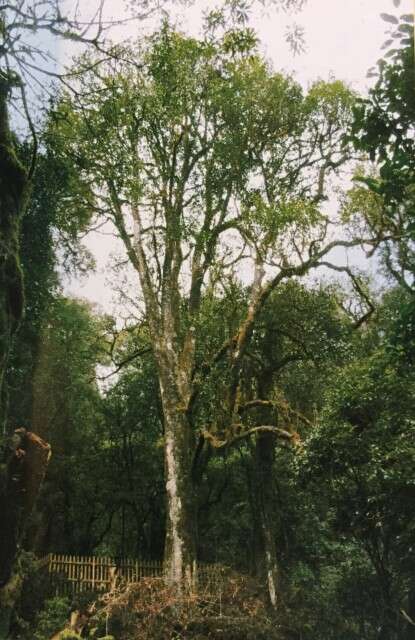

There is some resentment among many in Qianjiazhai that only trees verified by outsiders are recognized by the international community, as Chinese researchers have been studying and cataloging the biodiversity of Yunnan for years. In fact, there is even some disagreement over whether the 2500 year and 2700 year trees are technically tea trees (camellia sinensis) at all. Some researchers believe that based on the phenotype expressions of the leaves, seeds and even shape of the trunk that both specimens could be Camellia Crassicolumna, or wild Yabao instead, and various research papers list the old tree as a tea tree (camellia sinensis var. assmica), a unique varietal (Qianjiazhai Da Cha Shu), or even taliensis.
This disagreement only emphasizes the need for more botanists to come to the region and spend time researching the many related species and varietals growing together in the same forest. This research could bring the world a new understanding of how tea spread and evolved in its earliest stages. No matter the exact age or even the varietal expressed, both trees are truly impressive, beautiful examples of the heritage that is so important to recognize and preserve. Unfortunately, the act of certifying only these few trees leaves the fate of the remaining handful of ancient tea trees across Qianjiazhai unclear.
Luckily, there are people like Master Zhou and other members of the Zhenyuan Cooperative documenting the locations of these old trees, facilitating exchange between remote villages and farmers, and helping local people find a market for their old tree harvests through the Dongsa Cooperative. Spreading education and providing an outlet for sustainable income incentivizes farmers to protect the ancient tea trees on their land and pick them respectfully.
In the clip below Master Zhou talks about eight hundred year old trees in Qianjiazhai:

 Click to watch
Click to watch
In the video above, Master Zhou shows us a grove of trees around eight hundred years of age and mentions the difficulty of precisely dating without actually cutting down a tree and counting its rings. The eight hundred year tree he shows us can sustainably yield about two kilos of finished tea.
In the video, he expresses his belief that the flavor difference between old trees and young trees is huge. Because of the flavor difference, trees this old are picked and their fresh leaf is hand finished seperately from other leaves. That way it can be sold as a single tree harvest or blended with intention for a pressing liek Master Zhou’s Zun Series. It is important to keep these seperate because not only does flavor vary by tree age, it also varies based on surroundings with each village having a unique microclimate.
Master Zhou goes on to talk about the scarcity of old trees and wonder why more famous (and accessible) regions like Jingmai and Yiwu can sell tea from trees half as old for ten times as much money. Finally, he talks about how these rare trees are on private land, meaning they are passed on for generations and cared for by individual families.
The majority of tea plants in Qianjiazhai are younger than the trees in the video. These next photos are of younger trees around several decades to a hundred or so years old.



These plants (above) are examples of tea trees as young as several decades and up to one hundred years old. Mass market tea labelled as “Gu Shu Cha” (Ancient Tree Tea) can come from tea trees in this age range. These trees make up the bulk of Qianjiazhai’s tea-covered mountainsides. The flavor of leaf from hundred year trees tends to be more fruity and floral with a big taste and strong aroma but less texture and aftertaste than older trees. These trees are perfect for bolstering and balancing the flavor of blends like Master Zhuo’s Gu Hua harvest pressings, or for using to make sun-dried Qianjiazhai black tea.
In the context of Qianjiazhai they seem like young trees, but most are already older than prized Old Tree Shui Xian stock in Wuyishan. These trees can be dated precisely because local residents can remember when the trees were seedlings, or heard stories from their grandparents about when the trees were young.
At 2146 meters above sea level, the cool climate, frequent clouds and crisp mountain air make for more aromatic tea with a richer, thicker body.




These trees (pictured above) begin to approach what members of the cooperative would call Gu Shu Cha, true ancient tree tea. These beautiful moss-covered specimens all have branches thick enough to climb. This is lucky, since they are too tall to pick without climbing into the canopy of the tree. We spot checked one particular beautiful example growing above 2000 meters elevation and measured 25 inches around the trunk. These trees are between 300 and 500 years of age. These form the base for Master Zhou’s Zun series pressings, after careful blending with single tree 800 year stock for a richer aftertaste.





Three hundred to five hundred year old trees like the ones above can yield only a kilogram or two at most, and are picked only once a year to encourage further growth for future generations. The flavor of trees at this age picks up more thick woody, foresty notes to balance the fruit and florals. The brewed liquor is more translucent and golden.
These trees are dated through a combination of looking at family histories and measuring trunk width and tree height and comparing against known examples, or by looking at trees that have died or been cut down in the same grove and counting their rings.
This old tea tree is tall enough to build a tree house in, but it is actually even taller than it appears at first glance. Because it was originally growing on a steep hillside, the trunk extends more than a meter down below the edge of the terrace where you can see the impressive, gnarled and moss-covered base of the trunk.


Trees like these ones above are around eight hundred years old. These trees begin to make people look quite small and require skill to climb and pick safely. A single eight hundred year old tree can yield up to three kilograms of finished dry leaf. The Dongsa Cooperative picks each of these trees and keeps their leaf material separate. The finished sheng pu’er maocha can either be sold as a single tree lot, blended with other 800 year trees for a single age statement pressing, or blended with 300-500 year leaves for Zun pressings. These trees are quite rare with only a hundred or so in the entire Qianjiazhai region.
These ancient trees are covered in moss and can support several people in the canopy picking at once. Their leaves are enormous if allowed to grow to full size. There is a short window for picking such an old tree when the leaves are still tender, small and golden green in color. Master Zhou and others in the cooperative prefer picking tender leaves and buds with the tender stem shoot. He believe the stem provides much sweetness and body to the finished tea. Trees at this age start to pick up an incredible cooling and tingling sensation on the pallet that differentiates them clearly from the younger tree taste profile.
But there are even older tea trees in Qianjiazhai. The oldest tree in the cooperative is estimated to be about 1800 years old.
In the video below, Master Zhou and Ms. Wang talk about the Wang Family’s ancient tea tree:

 Click to watch
Click to watch
In the video above, Master Zhou tells us that this 1800 year old tree is only picked once a year. Another tree nearby was sadly cut down years ago to make room for another house before people recognized the value of the ancient tea trees on their land.
We ask Master Zhou how people agree on an age for the tree. He explains that without cutting the tree down, the village has to rely on estimates. They look at the height of the tree and the width of the trunk, which allows them to compare to the height and width of established trees like the 2500 and 2700 year examples verified by scientists. This gives a relative estimate. This 1800 year tree is over ten meters tall from the ground. They can also compare against known ages of nearby trees, like the nearly 2000 year tree that was unfortunately cut down.
We ask Master Zhou about how the tree looks like several smaller shoots coming out of the soil, and he explains that in fact the shoots coming out of the soil are essentially the beginning of the canopy branching off from the trunk. Years ago, the Wang Family built a retaining wall around the tree from the base and filled the wall with soil to protect the tree from falling over due to wind or erosion on the steep mountainside. The tree is essentially half buried in the ground, making it difficult to see the full magnitude. The full height of the tree is actually at least another meter and a half higher than the measurement from the ground.
Besides relying on the tree measurements, people also look at the history of the village. Master Zhou explains that the village has been around as long as people have been recording, and throughout the history of the village, across generations, there has always been this tree, and it has always been nearly this big
Master Zhou says that the 2500 and 2700 year trees aren’t as wide as this tree is, that their canopies aren’t as big, but that they are taller (about 27 meters) because they come straight out of the ground with a tall trunk. The difference is that scientists have been out to measure those trees and not this one. Scientists haven’t come out to measure this tree because it is far too remote and because it isn’t on parkland – it is on private property.
This tree is owned by three siblings who pick the tree together. It has been passed down through the Wang family’s ancestors for as many generations as are remembered. Miss Wang explains that over twenty kilos can be picked from her tree, which is picked once a year. Miss Wang climbs the tree without scaffolding and picks only what looks best and leaves anything unreachable. This helps protect the tree.
Finally, Master Zhou explains the flavor difference between tea from trees over a thousand years old and younger trees. He explains that the color is golden and translucent, the aroma is strong and commanding, and the aftertaste lingers much longer. This is because the trees roots go deep to soak up more nutrients from the soil, and because of the unique weather.
The tree is located at 24°14’50.6″N 101°11’15.3″E, at an elevation of about 1865m. In fact, you can clearly see the tree’s huge canopy from Google’s satellite images of the region.
It takes three people to encircle the tree.
The tree is just over 32 inches in diameter at the ground.
The base looks like it is several trees growing together, but it is not. As Master Zhou explains in the video, this is the canopy of one tree; the rest has been shored up with a retaining wall to protect the tree from falling over.



This tree measured 32 inches at the base today, but truly the thick trunk of the tree is buried under almost two meters of soil to protect the tree from falling over.


Above is the retaining wall, built up to protect the tree from erosion on the steep mountainside. The tree trunk actually starts near the base of the retaining wall.
Below are a series of other measurements to provide context for this enormous tree looking at the branches.
It is at least 10 meters tall, and even from a distance, it towers over the homes of the village that sprang up underneath.
Even from a distance of many yards and climbing up the far hillside, it was almost impossible to get the entire tree into one photo.
The measurements of this enormous tree and the scale of its canopy compared to houses and people helps establish this tree’s estimated age against known measurements from the verified 2500 and 2700 year trees, as well as comparisons to its brother tree that was cut down – a tragedy to be sure, but reports of that tree’s size and ring counts from its trunk help residents and the Wang Family get a closer estimate for the remaining precious tree.
Last year we were lucky enough to share a tiny lot of this tree’s tea, pressed into single tree cakes to celebrate our collaboration with the Dongsa Farmer’s Cooperative.
This year, Master Zhou introduced us to another beautiful ancient tea tree with its own unique micro climate and distinctive flavor and aroma. The cooperative was kind enough to set aside the entire harvest of 2016 for us, pressed one cake at a time by Master Zhou in his hand-carved stone mold. This year, we are excited and honored to introduce this tree, believed to be at least 1300 years old.
Master Zhou describes this ancient tree in the video below:

 Click to watch
Click to watch
Master Zhou introduces us to an incredible tree at least 1200 years old but potentially as old as 1500 years. This tree is picked only once a year to protect the tree. The leaves were picked very early this year due to the heavier than normal spring rain. Master Zhou reiterates how pure and clean the environment is out where this tree grows. The enormous tree needs to be scaled just like the 1800 year example to pick the leaves high in the canopy. It takes five people an entire day to pick the tree.
This 1300 year tree’s age is also estimated based on width and height compared to verified trees to get a close approximation. At over eight meters tall, this tree is a formidable giant.
Just look at the leaves below. On the left are leaves from a 500-800 year old tree and on the right are the leaves from this 1300 year tree.
The tree is located at 24°16’13.6″N 101°12’19.6″E, at just over 2000 meters.
This tree also takes three grown men to encircle it, and has a girth of about 31 and a half inches.
This tree comes out of a sharp hillside, just like the 1800 year tree did before a retaining wall was built to brace it. Luckily, the hillside here is not currently in as much danger for erosion, so the tree can be left to grow naturally.
Below are measurements and photos to put the massive scale in context.





As old as these trees are, the effort for recognition and research is just beginning. The first step is the one Master Zhou and many others in Qianjiazhai are taking – establishing the Zhenyuan Dongsa Cooperative to allow more collaboration between farmers and provide a more compelling incentive for people to identify and protect the old trees on their land. The second step is up to all of us – for the market – to recognize the value of these old trees, and for the tea drinking community to come to know Qianjiazhai and the greater Mt. Ailao region as well as Jingmai or Yiwu.
It is a blessing for conservation that Qianjiazhai is so remote that it hasn’t been bought up and consolidated like other regions closer to Pu’er and Xishuangbanna. You won’t see self-professed masters out in Qianjiazhai; you won’t see slick branding, shiny certificates, branding, ad campaigns and corporate packaging. You also won’t see the land buyouts, migrant labor and profit-driven gimmicks that come with such development. Qianjiazhai offers the chance to taste a piece of history, to taste a single tree, not just a single region.
Qianjiazhai has the opportunity to develop down a unique path. It can avoid the environmental destruction that comes with corporate buyouts and plantation farming. Each farmer in Qianjiazhai can pick from their own trees, passed down for generations, keep their own land, and protect these trees for years to come. The Zhenyuan Dongsa cooperative is a big part of that effort. Master Zhou offers releases like the 2016 Single Tree pressing to help build the reputation of the area, and as an act of cultural exchange. In return, the farmers who pick these old trees together have a sustainable living that keeps their children excited about agriculture and tea. We all benefit from the chance to taste singular tea, and even see how each pressing ages for years to come.
We raise a cup to Qianjiazhai, humbled by the knowledge that our lifetimes are but a chain in the greater history of these trees we are fortunate enough to enjoy.


 How To
How To Myths & Legends
Myths & Legends Travelogue
Travelogue Tasting Journal
Tasting Journal Talking Shop
Talking Shop Tea 101
Tea 101 Watch
Watch Teaware
Teaware News
News
















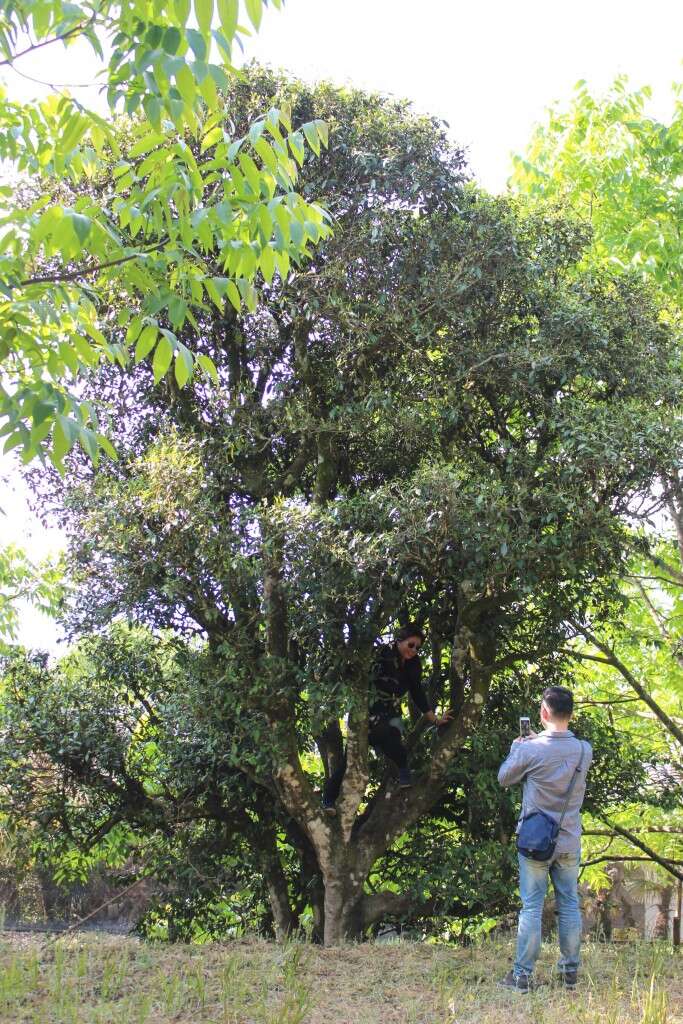



























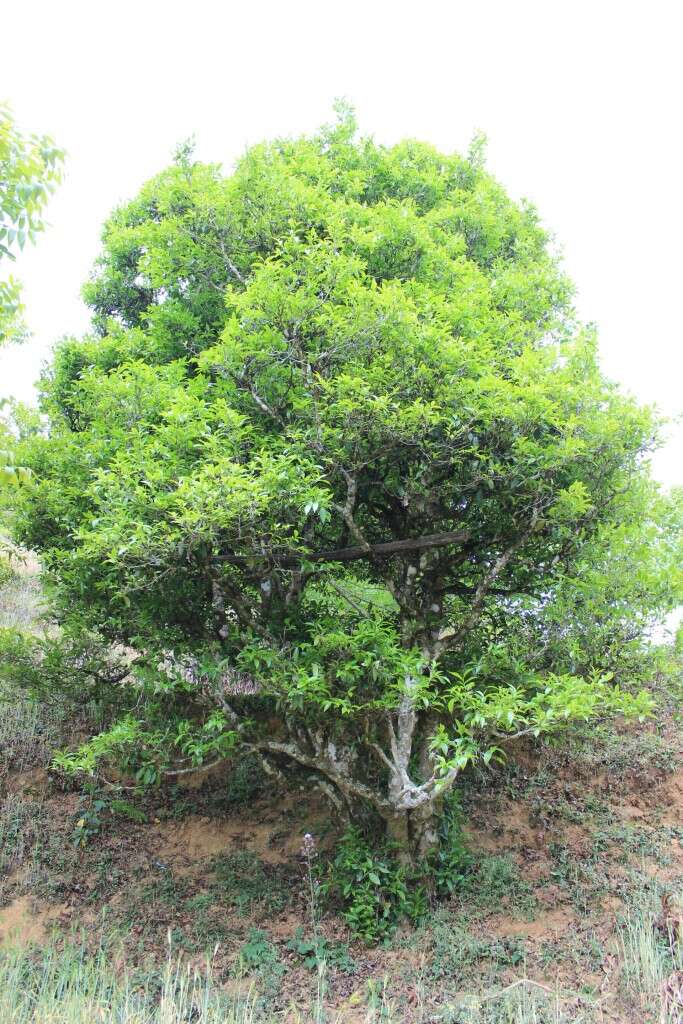




Leave a Reply
Hi Monjur - I believe there are tours that bring travelers out to Qianjiazhai. A quick google search brought up a few pages of options, and might be a good place to begin your search. The area is not yet hugely popular with tourists, mainly because it is more remote and difficult to get to. Unfortunately, we have never used a tour group or guide ourselves, and usually travel by bus and with our partners, so I cannot recommend any one group or itinerary over another.
In general, I know there is at least an hotel in Jiujia (the largest town near a famous hiking tral and waterfall) that can accept foreign visitors, and several in Zhenyuan. There are a few different public buses that run between Zhenyuan and Jiujia daily, and another that goes between Jiujia and Kenming. If you are going, prepare for lots of travel by car or pickup - there are roads especially to and from the major hiking spots and waterfalls, but many are very rough and maintained or created by local residents.
It is possible a travel agent near you could use their own partnerships and contacts in China to assist in locating a reputable tour to visit the trees, either on a tea focused tour or a more general eco-tourism trip.
I hope this is a helpful place to start! Have fun, and always travel safely.
Thanks for this article. Some of the best reading I have had the opportunity to enjoy in a while. The pictures and the videos really bring this amazing tea to life and makes me want to visit. Thanks, also, for including this in my $5 sampler pack. It is an amazing find and I thank you for sharing. I can't wait to try more teas from Master Zhou's collection. I greatly appreciate that you support these types of co-ops. I really hope their desire to save these old trees pays off for generations to come!
Hello Nate! Thank you so much for your comments and for your kind words of support. Once you visit this place, meet these people, and taste this tea.. sharing these stories and these teas is truly the only choice we can make. Nothing makes me more excited than sending these teas out to new people, and knowing that they've had the opportunity to make an impact is so wonderful to hear.
All my best.
Lily